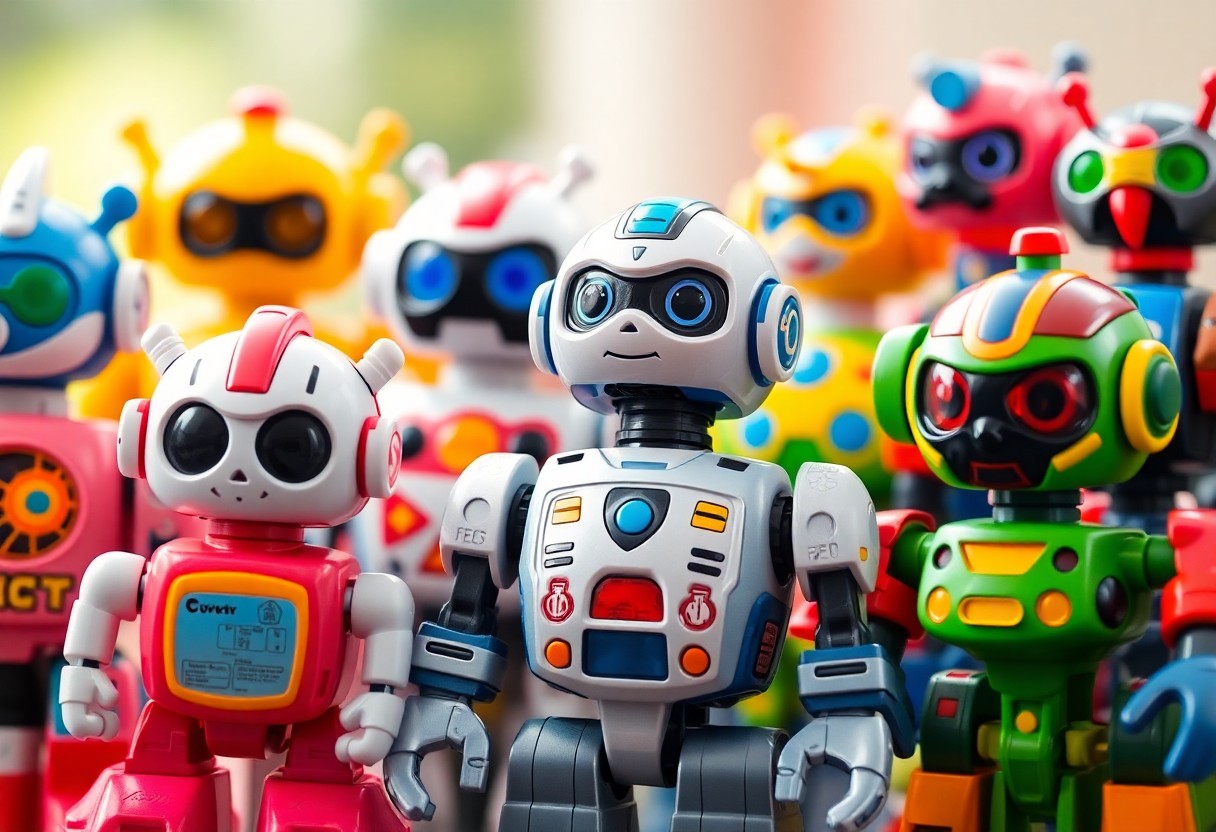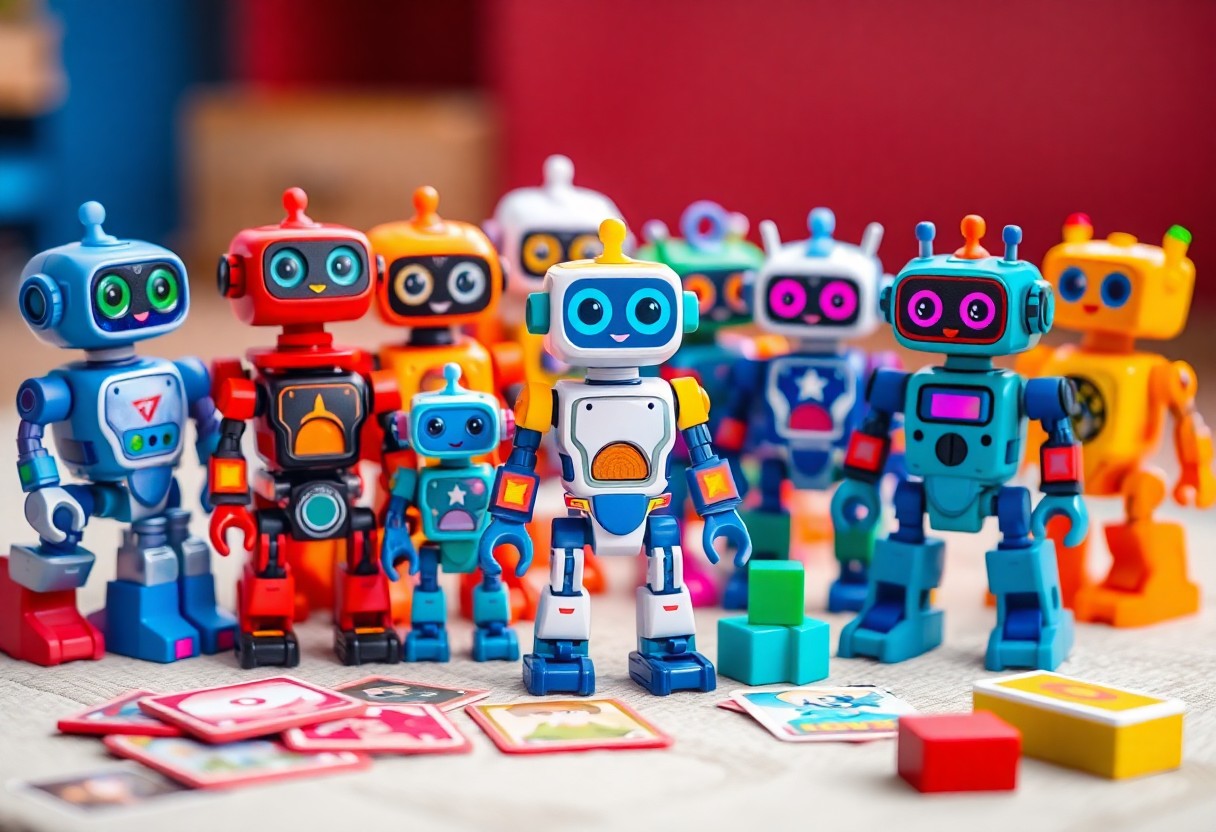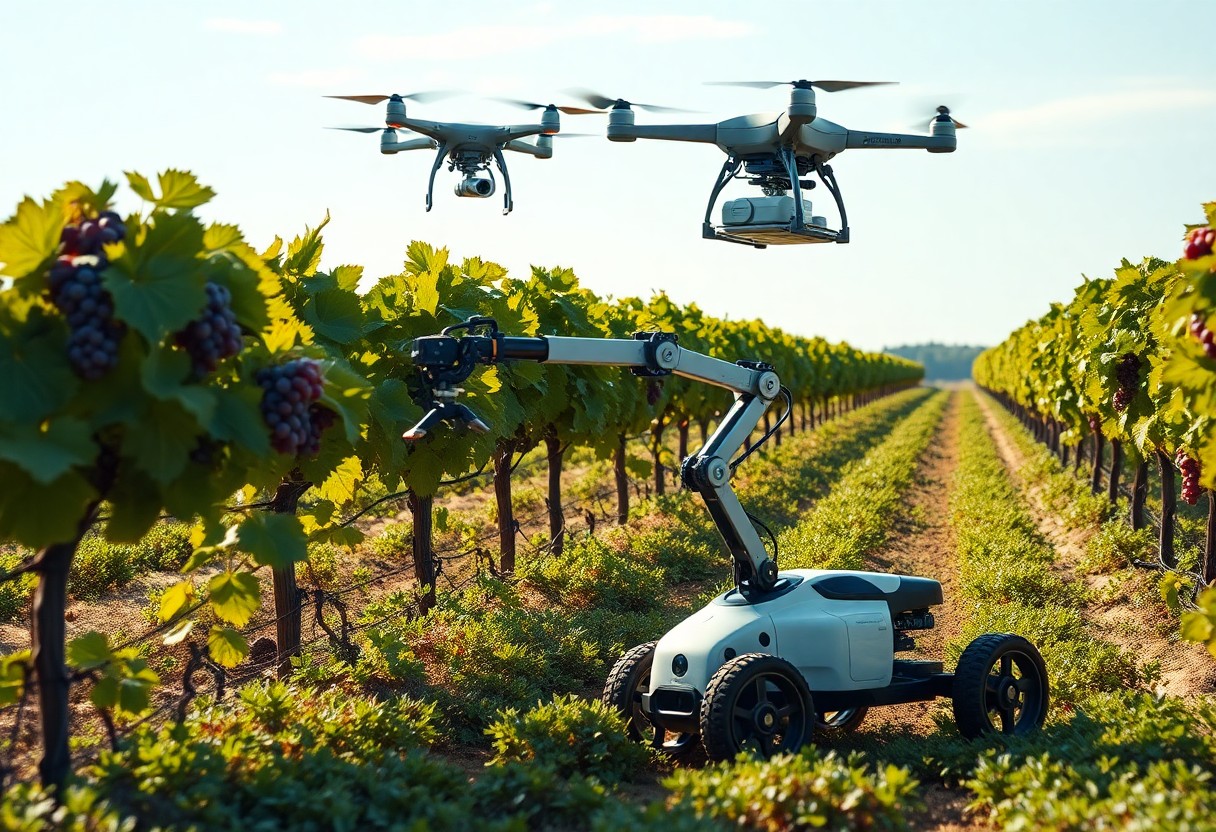Durability is a key factor when choosing toy robots for your children, as these engaging toys are often subjected to rough play and enthusiastic exploration. Understanding the safety features and material quality of toy robots will help you ensure a safe play environment for your kids. In this guide, you’ll discover important tips on evaluating the safety standards and durability of the latest toy robots, empowering you to make informed purchasing decisions that prioritize your child’s well-being and enjoyment.
Types of Toy Robots
Before venturing into the specifics of toy robots, it is vital to understand their different categories. Each type serves unique purposes and learning experiences for children. Here’s a breakdown of the types of toy robots you may encounter:
| Type | Description |
| Mechanical Robots | Simple robots that operate through physical movements and gears. |
| Electronic Robots | Robots powered by batteries, featuring lights, sounds, and programmable functions. |
| Remote-Controlled Robots | Operated via a remote or app for interactive play. |
| Transformational Robots | Robots that can change shape or function during playtime. |
| Building Kit Robots | Robots that you can build, often promoting STEM learning. |
Assume that choosing the right type of robot can significantly enhance your child’s play and learning experience.
Mechanical vs. Electronic
With mechanical robots, you get simpler designs that rely on gears and levers, making them durable and easy to use. In contrast, electronic robots incorporate technology, such as sensors and motors, to offer a more interactive experience for your child. While mechanical robots can promote physical play, electronic ones provide a broader range of functionalities, allowing kids to explore programming and robotics in a playful manner.
Programmable Robots
Mechanical robots can also be programmed to perform specific tasks, which further enriches the engagement level for your child. These robots often allow kids to input commands, fostering problem-solving skills and creativity.
A programmable robot can serve as an incredible tool for introducing your child to coding and robotics. By facilitating hands-on interaction, your child will not only enjoy the immediate gratification of seeing their commands executed but also cultivate critical thinking skills. Whether through simple movements or more complex tasks, programmable robots inspire imagination while laying the foundation for understanding technology. You can rest assured that investing in these robots will provide educational value alongside entertainment.
Factors to Consider
Even when shopping for toy robots, taking a few factors into account can make all the difference in ensuring your child’s safety and enjoyment. Consider the following:
- Material quality
- Battery safety
- Functionality and complexity
- Size of the robot
- Recommended age range
The right choice balances fun with your child’s well-being.
Age Appropriateness
There’s a significant difference in what toys are suitable for various age groups. Each toy robot comes with an age recommendation designed to ensure it is developmentally appropriate. Understanding the skills and attention span of your child will guide you in selecting the best option.
Safety Certifications
Any toy robot you consider should have appropriate safety certifications. This means that it complies with strict safety standards, giving you peace of mind regarding its components and manufacturing process.
Plus, looking for safety certifications such as ASTM, EN71, or ISO can help ensure that the toy has passed rigorous testing for things like choking hazards and toxic materials. These certifications indicate that the product is not only safe for your child but also durable under regular play conditions, providing lasting value.
Tips for Choosing Safe Toy Robots
Some imperative tips can help you find safe toy robots for your child. Consider the following points when shopping:
- Check for safety certifications.
- Look for age-appropriate labeling.
- Inspect for small parts that could pose a choking hazard.
- Review customer feedback on safety.
- Choose brands known for quality and safety.
Assume that any toy robot will be handled by your child, so prioritize safety in your selection process.
Materials and Build Quality
You should pay close attention to the materials and build quality of the toy robot. Toys made from non-toxic, durable plastics are generally safer and more long-lasting. Avoid robots that contain sharp edges or break easily, as these can present hazards. A well-constructed toy robot will withstand your child’s play demands while maintaining safety standards.
Features to Look For
Tips for selecting toy robots include considering the features that can enhance playtime while ensuring safety. Look for functions like remote control, programmable actions, or interactive learning components. These features keep your child engaged while providing educational value.
Look for robots that encourage imaginative play and critical thinking. Some toy robots come equipped with voice commands, lights, and sounds, enhancing the interactive experience. Additionally, consider features that promote safety, like automatic shut-off mechanisms for battery-powered toys. These elements can provide entertainment while prioritizing your child’s security and well-being.
Pros and Cons of Toy Robots
Not every toy robot is created equal, and it’s important for you to weigh the pros and cons before making a purchase. Below is a breakdown to help you make an informed decision.
| Pros | Cons |
|---|---|
| Encourages creativity. | May have small parts that pose choking hazards. |
| Enhances problem-solving skills. | Can be expensive. |
| Promotes teamwork and collaboration. | Some may require adult supervision. |
| Offers educational value. | Battery life issues can limit playtime. |
| Improves hand-eye coordination. | Potential for frustration with complex programming. |
Educational Benefits
The educational benefits of toy robots extend beyond mere entertainment. You can encourage your child to engage in STEM learning, as many robotic toys teach coding fundamentals, mechanics, and engineering principles in a fun and interactive way. This hands-on experience can foster a love for science and technology, helping to develop skills that are increasingly important in today’s digital world.
Potential Hazards
While toy robots offer many advantages, they can also present potential hazards that you should be aware of. Some robots come with small parts that may not be suitable for younger children, increasing the risk of choking. Additionally, the materials used can sometimes be harmful if ingested or if the toy breaks apart during play.
A closer examination of potential hazards reveals the importance of safety features in toy robots. You should be cautious of toys made from low-quality materials that can easily break, exposing sharp edges or toxic substances. Always check for safety certifications and age recommendations to minimize risks. Furthermore, supervising your children during playtime can help ensure that they utilize the toy robots safely and responsibly, making for a more enjoyable and secure experience.
Step-by-Step Guide to Assessing Safety
Once again, ensuring your child’s safety while playing with toy robots involves a comprehensive assessment. Follow these steps to evaluate the safety features of the toys:
Assessment Table
| Step | Details |
| Research Brands | Investigate the reputation and history of the manufacturers. |
| Inspect the Product | Check for safety certifications and potential hazards. |
Researching Brands
An necessary starting point for assessing toy safety is researching the brands you consider. Look for manufacturers renowned for prioritizing child safety and developing high-quality products. Customer reviews can provide insight into the reliability of these brands and their safety records.
Inspecting the Product
If you have selected a toy robot, it’s vital to inspect the product closely before bringing it home. Look for any small parts that could pose a choking hazard and assess the overall quality of materials used.
Researching the product’s safety label can reveal vital information about the toy’s materials, recommended age range, and any potential risks. Be sure to check for safety certifications from trusted organizations, ensuring that the toy meets the necessary safety standards. Additionally, examine for sharp edges or small detachable pieces that may not be suitable for younger children.
Maintenance and Care for Durability
After investing in toy robots for your children, proper maintenance and care are key to ensuring their longevity. Regular cleaning, battery checks, and functional inspections can prevent potential damages and keep the robots in top condition. Being proactive about your robots’ upkeep not only enhances playtime but also reinforces safety for your kids.
Regular Checks
With regular checks, you can identify wear and tear before it becomes a bigger issue. Inspect the toy robots for loose parts, frayed wires, or any signs of damage. Ensuring that all components function correctly will keep your child safe during play and prolong the robot’s life.
Proper Storage
Even the best-made toy robots need proper storage to maintain their durability. Placing them in a designated area away from direct sunlight and moisture can prevent degradation over time. Avoid leaving them on the floor where they could be stepped on or accidentally damaged.
Another important aspect of proper storage is using a toy box or shelves where your child can easily access their robots while still protecting them from potential hazards. Investing in a storage solution that allows you to categorize and separate different types of toy robots can also prevent entanglement or damage during play, ensuring that they remain in excellent condition for future adventures.







